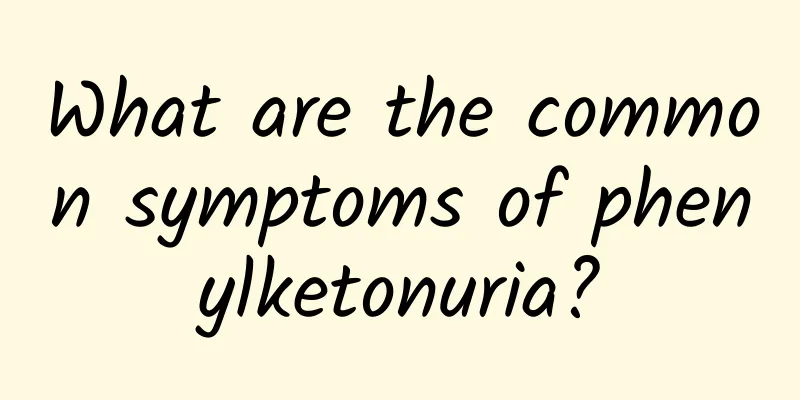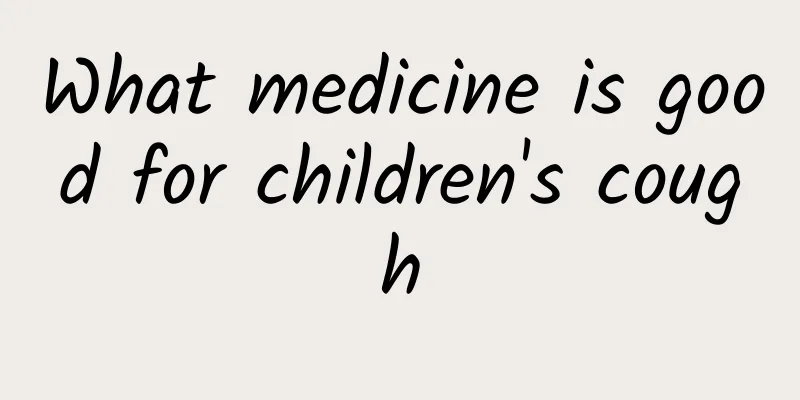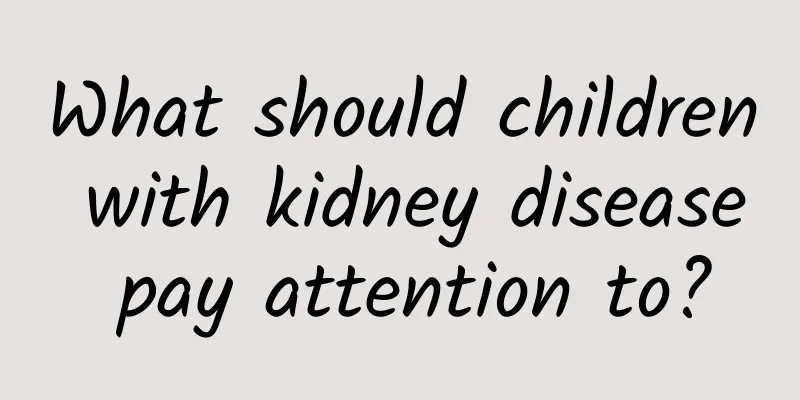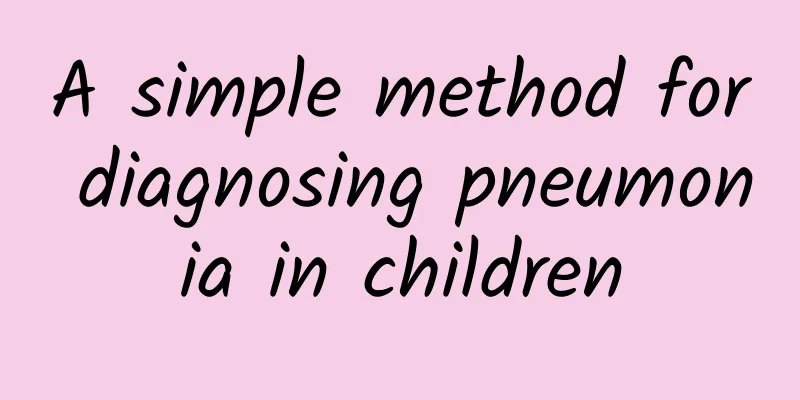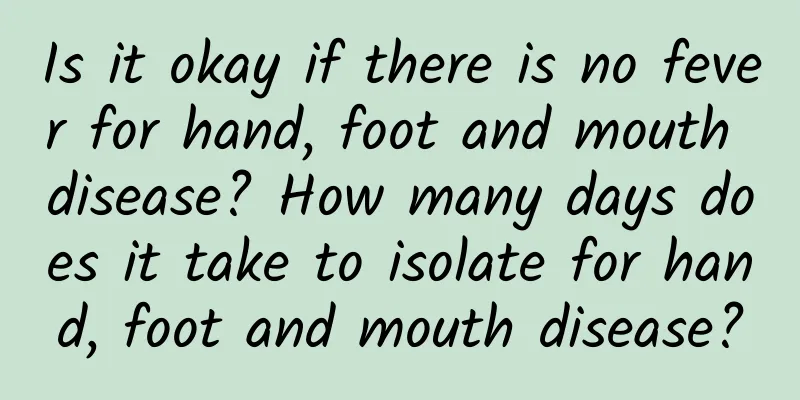The most effective way to reduce jaundice
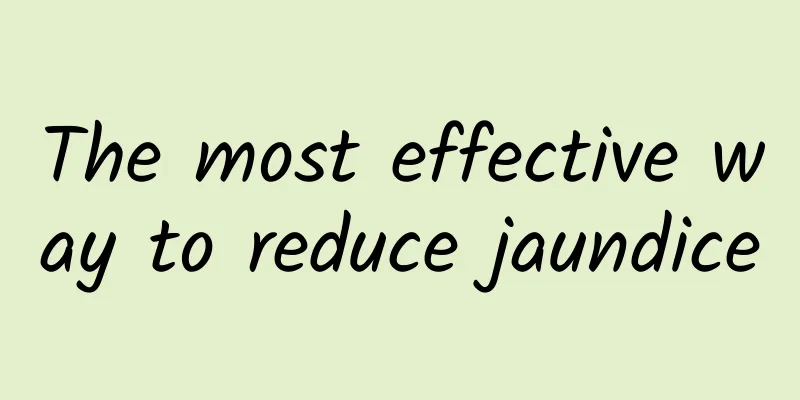
|
There is no one-size-fits-all answer to the most effective way to reduce jaundice, because the causes of jaundice vary, and the treatment varies from person to person. Jaundice is a symptom of yellowing of the skin and whites of the eyes due to increased bilirubin levels in the body. It is common in newborns, but it can also occur in adults. To effectively reduce jaundice, you first need to identify the cause and then prescribe the right medicine. Physiological jaundice is the most common in newborns, usually appearing within a few days after birth and resolving on its own within two weeks. If the jaundice is severe, your doctor may recommend phototherapy. This method uses blue light to illuminate the skin to help break down bilirubin, and is usually effective and safe. For breastfed babies, increasing the frequency of feedings can also help speed up the excretion of bilirubin. In adults, jaundice may be caused by liver disease, bile duct obstruction, or hemolytic anemia. The key to treatment is to treat the cause. For example, jaundice caused by hepatitis may require antiviral drugs or other liver protection therapies. Biliary obstruction may require surgery or other interventions to relieve the obstruction. Hemolytic anemia may require drugs or blood transfusions. Diet and lifestyle adjustments also play a supporting role in reducing jaundice. Maintaining a good diet and consuming more foods rich in vitamins C and E can help restore liver function. Adequate water intake can also help the body excrete bilirubin faster. Avoid alcohol and high-fat foods to reduce the burden on the liver. Importantly, any jaundice symptoms should not be ignored. Early diagnosis and treatment are key to avoiding complications. Whether it is a newborn or an adult, once the symptoms of jaundice are found, timely medical treatment and following the advice of professional doctors are the most effective way to reduce jaundice. A combination of healthy living habits and active medical intervention can ensure the health and safety of the body. |
<<: What to do with jaundice in children
Recommend
Pictures of polio
The occurrence of polio makes all parents very wo...
What are the symptoms of neonatal jaundice?
What are the symptoms of neonatal jaundice? Sympt...
What to do with neonatal jaundice
What to do with neonatal jaundice? Jaundice is re...
What to do if your child has an upper respiratory tract infection and a severe cough
Children with upper respiratory tract infection h...
What can newborns with favism jaundice eat to reduce jaundice
When newborns have favism and jaundice, special a...
What are the symptoms of baby eczema? Where does baby eczema usually appear?
Baby eczema tends to occur on forehead eyebrows, ...
What causes headaches in children? 6 reasons for headaches in babies
Headaches are common for children, and there are ...
Can Shufulin be used by infants? What should infants pay attention to when using Shufulin?
In clinical practice, this drug, Shuvlin, is gene...
Commonly used drugs for nebulization of pneumonia in children
In the treatment of pediatric pneumonia, nebuliza...
What can't children eat when they have a cough?
Children with coughs should not only seek medical...
Folk remedies for treating diarrhea in children
Children's diarrhea is a problem that worries...
Causes of congenital heart disease in children
The causes of congenital heart disease in childre...
Dietary taboos for early childhood pneumonia
The arrival of neonatal pneumonia affects the hea...
Baby vomits after hand, foot and mouth disease injection
If a baby vomits after receiving an IV drip for h...
Prevention of Kidney Disease in Children
What are the prevention methods for children'...
